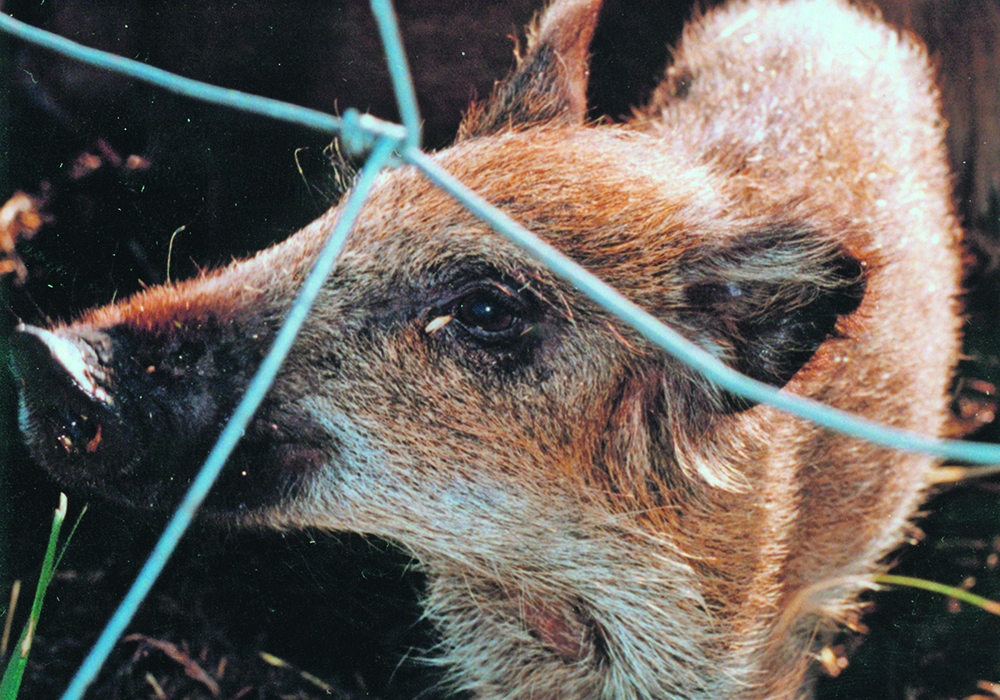We have been invaded by aliens. No, not green creatures from Area 51, but by plants and animals that don’t belong here.
Take, for example, the common dandelion, which is not native to North America. European settlers brought dandelions here in the mid-1600s to enhance their gardens.
Zebra mussels are another example. They are native to the Black Sea region and were discovered in the Great Lakes in 1998 and have since spread like wildfire to other regions.
A striking example of the damage caused by an invasive species is the European wild rabbit in Australia. In 1859, a wealthy Australian had 13 rabbits sent over because he wanted to hunt. Within 50 years, wild rabbits had spread throughout the continent and now number more than 200 million. They damage habitat, destroy crops and have contributed to the decline of native plants and animals.
Read Also

Farmer ownership cannot be seen as a guarantee for success
It’s a powerful movement when people band together to form co-ops and credit unions, but member ownership is no guarantee of success.
Western Canada is now in the middle of a similar alien invasion. During the late 1980s and early 1990s, Canadian farmers were suffering through a significant income crisis. Diversification was embraced as a policy tool aimed at pulling the industry back from the financial brink. Included in the diversity basket was European wild boar.
Why did no one stop to question the introduction of a wild foreign species into Canada? In hindsight it was not the best idea, but at the time, it was believed that wild pigs would be confined by modern fencing and if they did escape, they would never survive the harsh prairie winter. They escaped, were deliberately released when prices declined, and not only survived winter, but they seemed to thrive on it.
Wild pigs in Western Canada are a lot like those rabbits in Australia. Not because they are cute, but because they are prolific breeders that will eat just about anything. Did you know that a wild pig sow becomes sexually mature in less than a year and can produce two litters annually? It does not take a mathematical whiz to see the potential for exponential growth.
Wild pigs can be disease reservoirs. Since September 2020, more than 1,500 wild boar in Germany have died because of African swine fever. The disease has now made the jump to domestic pigs.
Exports of German pork have been disrupted, and it will take significant time before Germany is declared ASF-free and the negative hit on their farmers is lifted. Wild herds can also be repositories for diseases like porcine reproductive and respiratory syndrome, porcine epidemic diarrhea, and other infectious illnesses. We must do whatever we can to stop wild pigs from becoming a disease holding tank in Canada.
All western provinces have programming aimed at addressing the wild pig problem, but each jurisdiction is approaching the issue differently. An effective wild pig eradication program should be co-ordinated across the region.
Second, we need to commit federal, provincial, and industry resources to targeted eradication programming. We can start by investing the time and funds needed to track, monitor, and effectively identify the locations where groups of wild pigs are living. Co-ordinated eradication can then follow. We need to move beyond passive efforts, such as unrestricted hunting, that have been shown to disperse the pigs and make the problem worse.
Individuals can play an important role too. If you see wild pigs, or signs that they have been on your property, report the sighting to a conservation office.
Wild pigs are not just an issue for the hog sector. They also destroy crops and pastures, degrade water supplies and damage native habitat.
It is in everyone’s interest to push to eradicate this threat while we still have the opportunity.
Cam Dahl is the general manager of the Manitoba Pork Council.















